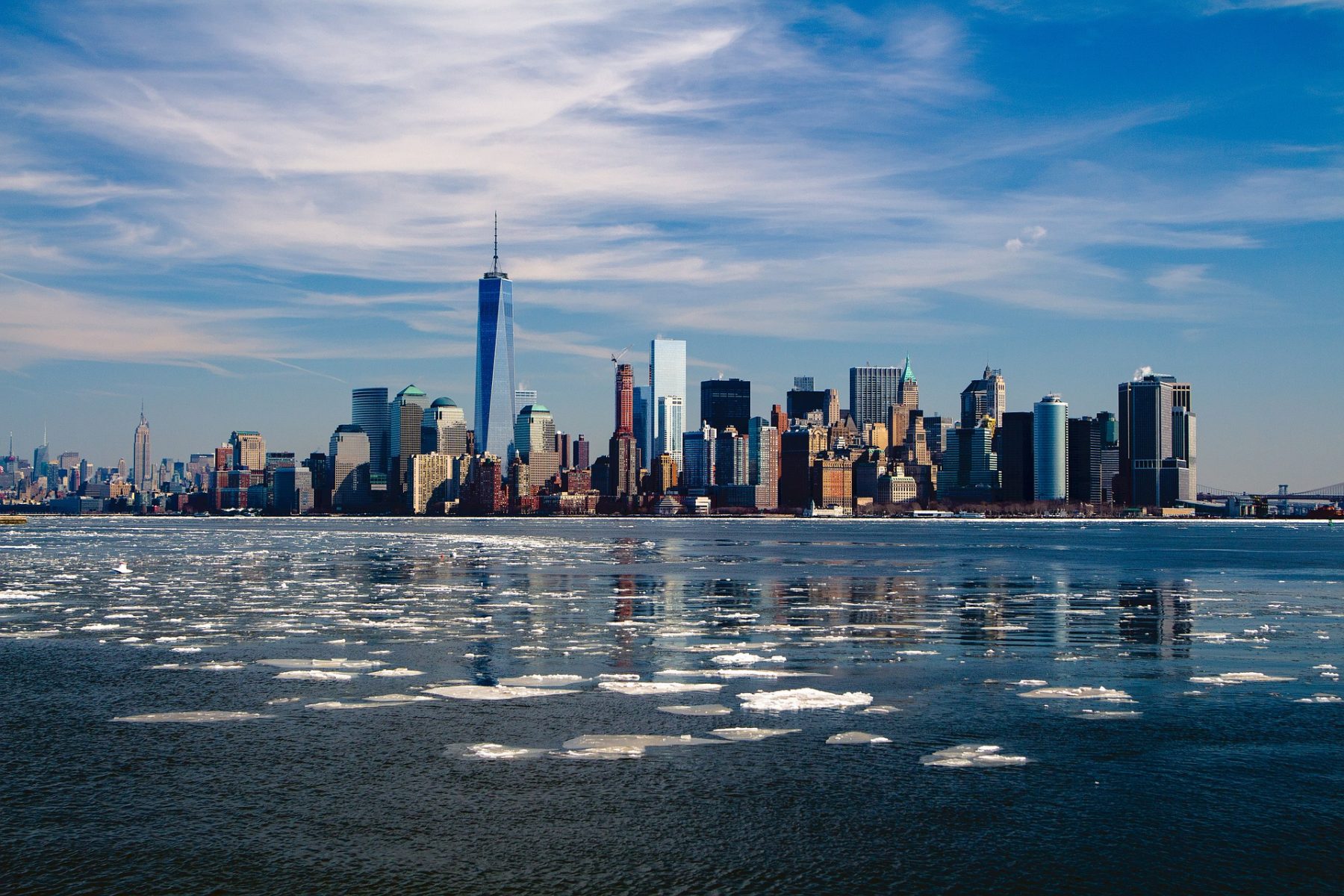New York City’s real estate has always been iconic—brownstones in Brooklyn, lofts in SoHo, penthouses overlooking Central Park. But in recent decades, the landscape has shifted dramatically. What was once defined by low-rise charm and historic character is now being reshaped by sleek, billion-dollar towers rising ever higher above the skyline. The transformation reflects more than just architectural change—it speaks to evolving lifestyles, economic forces, and the future of urban living.
For decades, brownstones symbolized classic New York—walk-up charm, tree-lined streets, and a strong sense of community. These 19th-century row houses, especially in Brooklyn and Harlem, represented stability and generational wealth for many families. Their rich architectural details and neighborhood feel still hold major appeal, but demand has pushed prices sky-high, making them less accessible for the average buyer.
Meanwhile, Manhattan and parts of Queens and Brooklyn have seen a vertical explosion. Glass-and-steel skyscrapers now dominate the skyline, many of them catering to a new class of global investors and ultra-high-net-worth individuals. Towers like One57 and Central Park Tower boast residences selling for tens of millions of dollars, complete with private elevators, sky lounges, and concierge services that rival five-star hotels.
This luxury boom has led to growing concerns about affordability and livability. As high-end development surges, many New Yorkers face rising rents, limited housing stock, and displacement. In response, city planners and developers are increasingly focused on creating mixed-income housing, integrating affordable units into new projects, and exploring more equitable approaches to urban development.
At the same time, technology and lifestyle shifts are influencing what people want from their living spaces. Co-living models, smart home features, wellness-focused amenities, and proximity to remote work hubs are redefining value beyond square footage. Developers are responding with flexible, future-forward designs that appeal to modern sensibilities.
Still, the soul of New York real estate lies in its diversity—a patchwork of old and new, modest and monumental. From the stoops of Park Slope to the soaring heights of Hudson Yards, each corner of the city tells a different story. And as the skyline evolves, one thing remains certain: NYC real estate is not just about buildings—it’s about the people, cultures, and dreams that shape them.
The face of New York may be changing, but its spirit? That’s timeless.
